Home>Furniture>Outdoor Furniture>How Much Clearance Does A Patio Heater Need
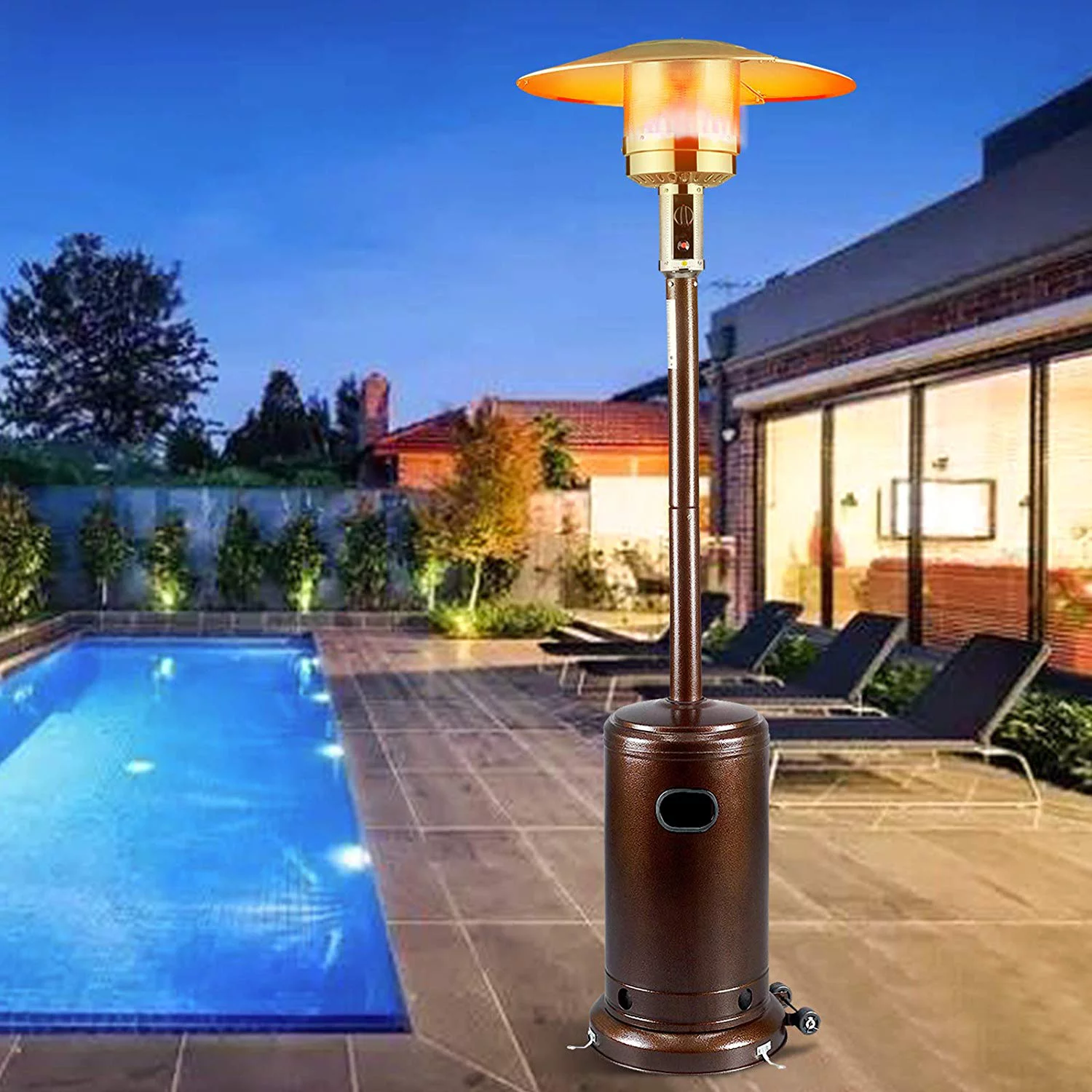

Outdoor Furniture
How Much Clearance Does A Patio Heater Need
Modified: August 23, 2024
Ensure the perfect outdoor experience with our patio heater. Discover the ideal clearance for your outdoor furniture and create a cozy atmosphere.
(Many of the links in this article redirect to a specific reviewed product. Your purchase of these products through affiliate links helps to generate commission for Storables.com, at no extra cost. Learn more)
Introduction
Welcome to our comprehensive guide on understanding the clearance requirements for patio heaters. If you’re a fan of outdoor living or love to entertain guests on your patio, a patio heater is a fantastic addition to keep you warm during chilly evenings. However, it’s crucial to ensure that your patio heater has the proper clearance to reduce the risk of accidents or damage.
In this article, we’ll explore the importance of clearance for patio heaters, the factors that affect clearance requirements, and the recommended minimum and ideal clearances to ensure safe operation. We’ll also provide you with some valuable safety tips to keep in mind while using your patio heater.
Before we dive into the details, let’s get a better understanding of what patio heaters are and how they work.
Key Takeaways:
- Ensure your patio heater has proper clearance to prevent fire hazards, heat damage, and injuries. Follow manufacturer guidelines for minimum and recommended clearances based on factors like heater type, fuel, and location.
- Prioritize safety by following essential tips, such as choosing a suitable location, monitoring the heater, and being mindful of windy conditions. Enjoy your patio heater responsibly while keeping loved ones and property safe.
Read more: How Does A Patio Heater Work
Understanding Patio Heaters
Patio heaters are specifically designed to provide heating in outdoor spaces such as patios, decks, or gardens. They come in various shapes and sizes, including freestanding models, tabletop heaters, and wall-mounted options. Patio heaters are powered by either propane gas, natural gas, electricity, or even infrared technology.
Propane and natural gas patio heaters are the most common types. They feature a burner at the top that produces heat and a reflector to direct the heat downwards. These heaters often come with a control knob to adjust the heat output, allowing you to customize the warmth according to your preference.
Electric patio heaters, on the other hand, utilize infrared technology to generate heat. They emit infrared radiation, which directly warms up objects and people in its path, rather than heating the surrounding air. Electric patio heaters are known for their efficiency, as they provide instant heat and do not require any fuel source or ventilation.
Now that we’re familiar with the different types of patio heaters, let’s discuss why clearance is essential when it comes to using these outdoor heating devices.
Importance of Clearance
Clearance refers to the recommended distance between a patio heater and any surrounding objects or structures. It plays a crucial role in ensuring the safe and efficient operation of the heater. Adequate clearance allows the heater to function properly while minimizing the risk of accidents, burns, or damage to property.
One of the main reasons why clearance is important is to prevent fire hazards. Patio heaters generate a significant amount of heat, and if they are placed too close to flammable materials like furniture, curtains, or plants, it can result in a fire outbreak. By maintaining proper clearance, you reduce the chances of any combustible items catching fire.
In addition to fire safety, clearance also helps prevent heat damage. Patio heaters emit radiant heat, and if they are too close to objects such as walls or low ceilings, it can cause discoloration, warping, or even melting. By providing sufficient space around the heater, you protect your property from heat-related damage.
Furthermore, clearance is important for the well-being of individuals using the patio area. Patio heaters can reach high temperatures, and if they are positioned too close to people or furniture, it can lead to burns or discomfort. By maintaining adequate clearance, you ensure that everyone enjoys the warmth of the heater without any risk of injuries or discomfort.
It’s important to note that different types of patio heaters have varying clearance requirements. It is always advisable to refer to the manufacturer’s guidelines for the specific model you have, as they will provide the most accurate information on the recommended clearance distances.
Now that we understand the importance of clearance, let’s delve into the various factors that can affect the clearance requirements for patio heaters.
Factors Affecting Clearance Requirements
Several factors can influence the clearance requirements for patio heaters. It’s crucial to consider these factors to ensure the safe and efficient operation of your patio heater. Let’s explore some of the main factors that affect clearance:
1. Type of Patio Heater: Different types of patio heaters have varying clearance requirements. For example, freestanding heaters typically require more clearance compared to wall-mounted or tabletop models. Electric patio heaters, which emit radiant heat, may have different clearance guidelines compared to gas-powered heaters.
2. Fuel Type: The fuel type used by your patio heater can also impact the clearance requirements. Propane and natural gas heaters require more clearance due to the open flames they produce. Electric heaters may have less stringent clearance requirements since they do not produce an open flame.
3. Heat Output: The heat output or BTU (British Thermal Units) rating of your patio heater can influence the recommended clearance. Higher BTU units will typically require greater clearance to ensure the heat is dispersed effectively and safely.
4. Location and Setting: The location and setting of your patio heater can affect the clearance requirements. If your patio is surrounded by walls, ceilings, or other structures, you may need to provide more clearance to ensure proper ventilation and prevent heat accumulation.
5. Environmental Factors: Environmental factors such as wind, humidity, and temperature can impact the clearance requirements. Windy conditions may require additional clearance to prevent the flame from being blown towards nearby objects. Humidity and high temperatures may also affect the performance of certain patio heaters, requiring adjustments to the clearance.
6. Manufacturer Guidelines: It’s essential to refer to the manufacturer’s guidelines and instructions for your specific patio heater model. Manufacturers often provide detailed information on the recommended clearance distances based on their product’s design, features, and safety standards.
By considering these factors, you can determine the appropriate clearance requirements for your patio heater and ensure safe usage. In the following sections, we’ll discuss the minimum and recommended clearances to maintain for patio heaters.
A patio heater should have a clearance of at least 3 feet on all sides to ensure proper ventilation and safety. This allows for proper air flow and reduces the risk of fire or overheating.
Minimum Clearance for Patio Heaters
When it comes to the minimum clearance requirements for patio heaters, it’s essential to adhere to the safety guidelines provided by the manufacturer. While specific clearance distances may vary depending on the heater type and model, here are some general considerations:
1. Vertical Clearance: Most patio heaters require a minimum vertical clearance of at least 3 feet (91 cm) from the top of the heater to any overhead structure, such as a roof, awning, or tree branches. This clearance helps prevent heat accumulation and reduces the risk of fire hazards.
2. Horizontal Clearance: The horizontal or lateral clearance refers to the distance between the patio heater and nearby objects, including walls, furniture, and combustible materials. The minimum recommended horizontal clearance is typically around 2-3 feet (61-91 cm). This distance allows for proper airflow and prevents any heat-related damage or fire risks.
3. Combustible Materials: It’s important to ensure that no combustible materials, such as curtains, plants, or furniture, are within the minimum clearance distance of the patio heater. These materials can easily catch fire or become damaged due to the high temperatures emitted by the heater.
4. Ventilation: Gas-powered patio heaters require proper ventilation to operate safely. Ensure that there is sufficient space around the heater to allow for proper airflow and ventilation. Failure to provide proper ventilation may result in poor combustion, carbon monoxide buildup, or reduced performance of the heater.
5. Proximity to Flammable Liquids: Keep in mind that patio heaters should never be operated near flammable liquids or substances, such as gasoline, propane tanks, or flammable solvents. Maintain a safe distance from these materials to prevent accidental ignition.
Remember, these are general guidelines, and it’s crucial to consult the manufacturer’s instructions and guidelines specific to your patio heater model. Adhering to the minimum clearance requirements will help ensure the safe operation of your patio heater and minimize the risk of accidents or damage.
Read also: 13 Amazing Patio Umbrella Clearance For 2024
Recommended Clearance for Patio Heaters
While the minimum clearance requirements provide a basic level of safety, it is often recommended to exceed these minimum distances for optimum performance and peace of mind. Here are some recommended clearance distances to consider when using patio heaters:
1. Vertical Clearance: For improved safety and to prevent any heat accumulation, it is advised to maintain a vertical clearance of at least 4-5 feet (122-152 cm) between the top of the patio heater and any overhead structure. This extra distance allows for better heat dispersal and reduces the risk of fire hazards.
2. Horizontal Clearance: It is recommended to maintain a horizontal clearance of 4-6 feet (122-183 cm) between the patio heater and nearby objects or structures. This distance provides better airflow and ensures that heat is dissipated efficiently without causing damage or posing a fire risk.
3. Combustible Materials: Extend the recommended clearance distance from combustible materials to at least 3-4 feet (91-122 cm) to minimize the risk of accidental ignition or damage from the high temperatures produced by the patio heater. This includes maintaining the recommended clearance from furniture, curtains, cushions, plants, and any other flammable objects.
4. Proximity to Buildings: When using patio heaters near buildings or structures, it is advised to maintain a clearance of at least 5-7 feet (152-213 cm). This distance helps prevent heat damage to the walls or any surfaces and reduces the risk of fire hazards.
5. Group Settings: If you frequently gather around the patio heater in a group setting, consider providing additional clearance to accommodate the number of people present. It is recommended to add an extra 2-3 feet (61-91 cm) to the clearance distance for each person to ensure everyone’s comfort and safety.
6. Wind Considerations: In windy conditions, it is crucial to increase the clearance distance to prevent the flame from being blown onto nearby objects. It is recommended to add an extra foot or two to the clearance distances during windy weather.
Remember, these are general recommendations, and specific patio heater models may have their own unique guidelines. Always consult the manufacturer’s instructions and guidelines for the specific clearance requirements of your patio heater. By adhering to the recommended clearance distances, you can ensure optimum safety, performance, and enjoyment while using your patio heater.
Safety Tips for Using Patio Heaters
While patio heaters are a great addition to your outdoor space, it’s important to prioritize safety when using them. Here are some essential safety tips to keep in mind:
1. Read and Follow Manufacturer’s Instructions: Before using your patio heater, thoroughly read the manufacturer’s instructions and guidelines. Familiarize yourself with the proper operation, maintenance, and safety precautions specific to your heater model.
2. Choose a Suitable Location: Place your patio heater on a level, stable surface away from flammable materials, such as curtains, plants, or furniture. Ensure there is ample clearance, both horizontally and vertically, as per the manufacturer’s recommendations.
3. Keep Children and Pets at a Safe Distance: Ensure that children and pets maintain a safe distance from the patio heater at all times. Educate them about the potential dangers of getting too close to avoid accidents or injuries.
4. Use Proper Fuel: If your patio heater requires fuel, such as propane or natural gas, always use the recommended type and follow proper refilling procedures. Store extra fuel in a safe and well-ventilated area away from the heater.
5. Monitor the Heater: Never leave a patio heater unattended while it is in operation. Supervise the heater at all times, and ensure that it is properly turned off when you are finished using it. Avoid leaving it running overnight or when you are not in the immediate vicinity.
6. Beware of Windy Conditions: Use caution when operating a patio heater in windy weather. The flame can be easily extinguished or blown towards nearby objects. If it is too windy, it may be best to postpone using the patio heater until the conditions improve.
7. Install Carbon Monoxide Detectors: If you are using a gas-powered patio heater, install carbon monoxide detectors in your outdoor space. These detectors will alert you to any potential carbon monoxide buildup and help ensure your safety.
8. Store and Maintain Properly: When not in use, store your patio heater in a safe and dry location. Regularly inspect and maintain the heater, checking for any signs of wear or damage. Clean the heater as per the manufacturer’s instructions to ensure proper functioning.
9. Be Mindful of Electrical Cords: If you are using an electric patio heater, ensure that the cords are not pinched or frayed. Keep the cords away from foot traffic areas to avoid tripping hazards.
10. Emergency Preparedness: Have a fire extinguisher readily available in case of any emergencies. Familiarize yourself with the correct operation of the fire extinguisher and ensure it is in working condition.
By following these safety tips, you can enjoy the warmth and comfort of your patio heater while keeping yourself, your loved ones, and your property safe from potential hazards. Remember, safety should always be a top priority when using any outdoor heating device.
Conclusion
Choosing and using a patio heater can greatly enhance your outdoor living experience, providing warmth and comfort during cool evenings. However, it is crucial to understand and adhere to the clearance requirements to ensure the safe and efficient operation of your patio heater.
In this comprehensive guide, we discussed the importance of clearance for patio heaters, the factors that affect clearance requirements, and the minimum and recommended clearances to maintain. Additionally, we provided essential safety tips to keep in mind while using a patio heater.
Remember to always consult the manufacturer’s instructions and guidelines specific to your patio heater model for accurate clearance distances. Adhering to these recommendations will help prevent fire hazards, minimize heat-related damage, and ensure the safety of individuals using the outdoor space.
Enjoy your outdoor space responsibly by maintaining the proper clearance for your patio heater. By doing so, you can create a warm and inviting ambiance while prioritizing the safety and well-being of yourself, your loved ones, and your property.
Frequently Asked Questions about How Much Clearance Does A Patio Heater Need
Was this page helpful?
At Storables.com, we guarantee accurate and reliable information. Our content, validated by Expert Board Contributors, is crafted following stringent Editorial Policies. We're committed to providing you with well-researched, expert-backed insights for all your informational needs.
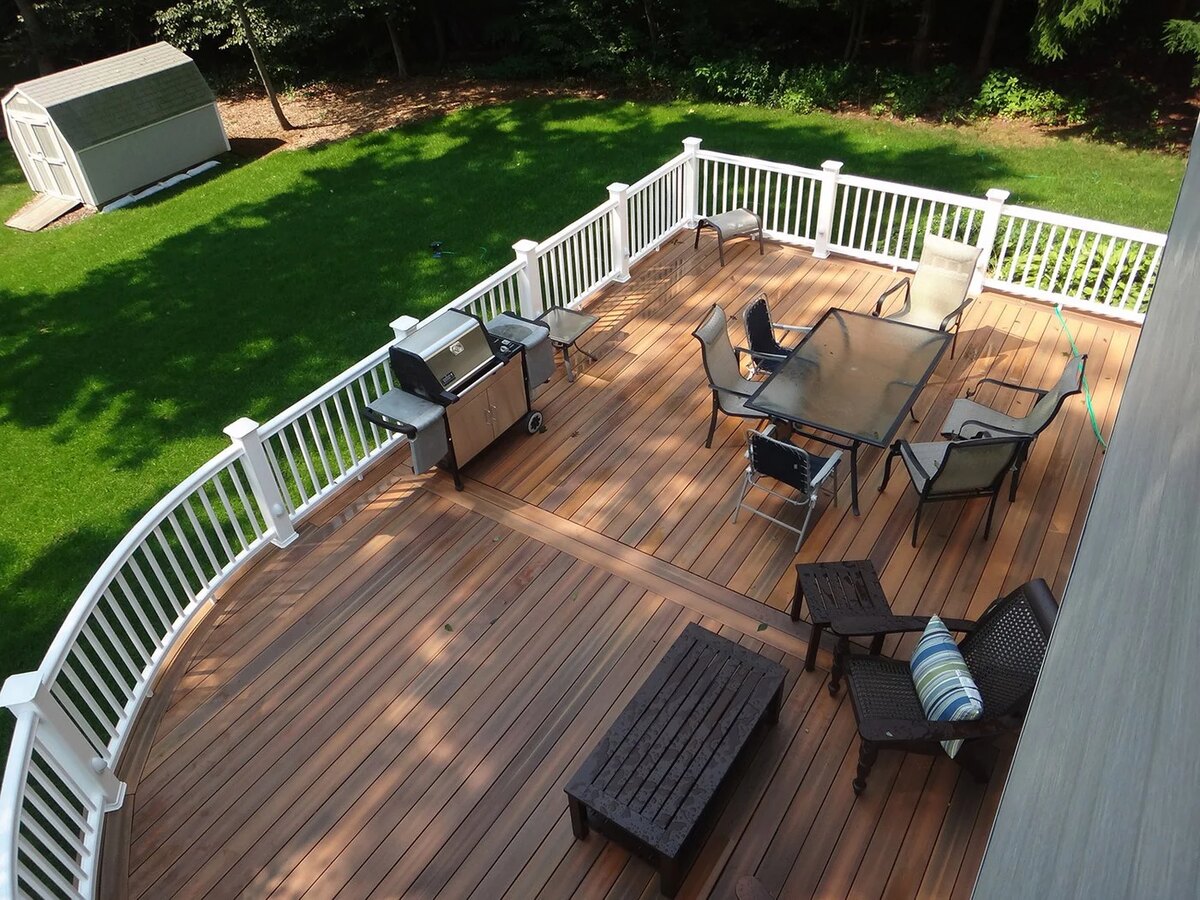
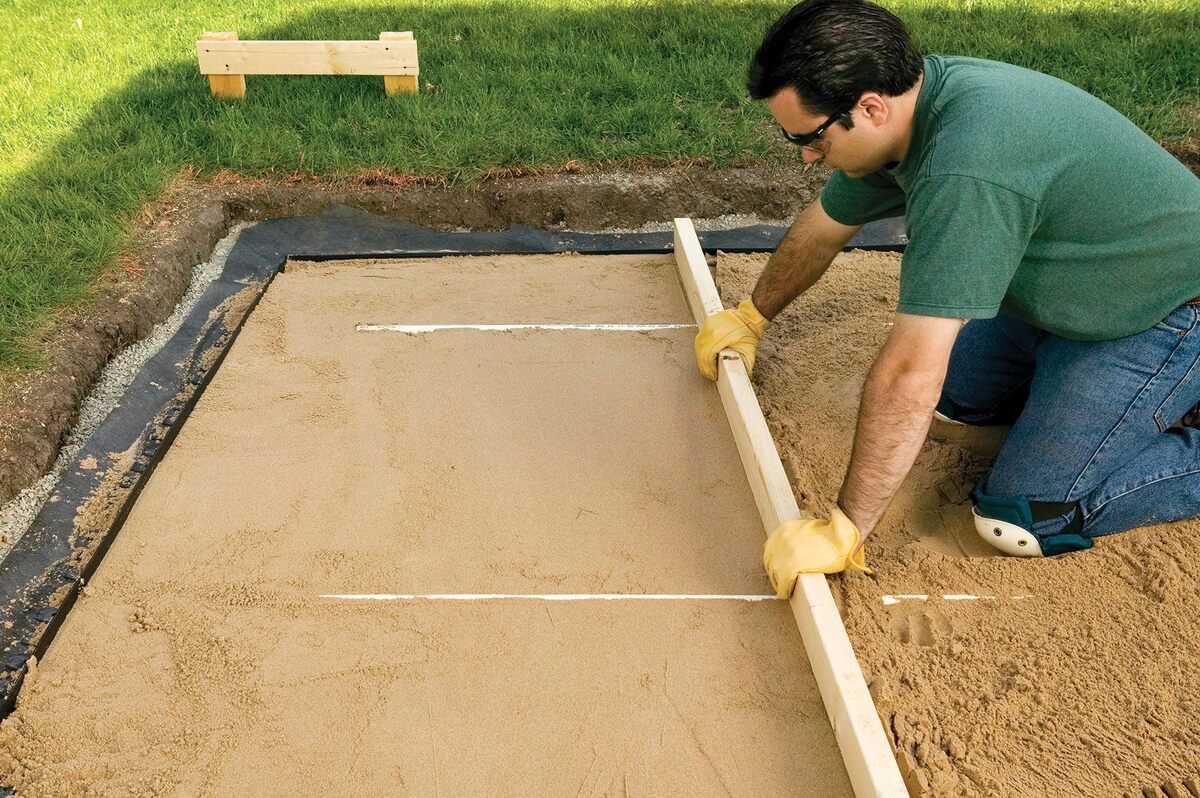
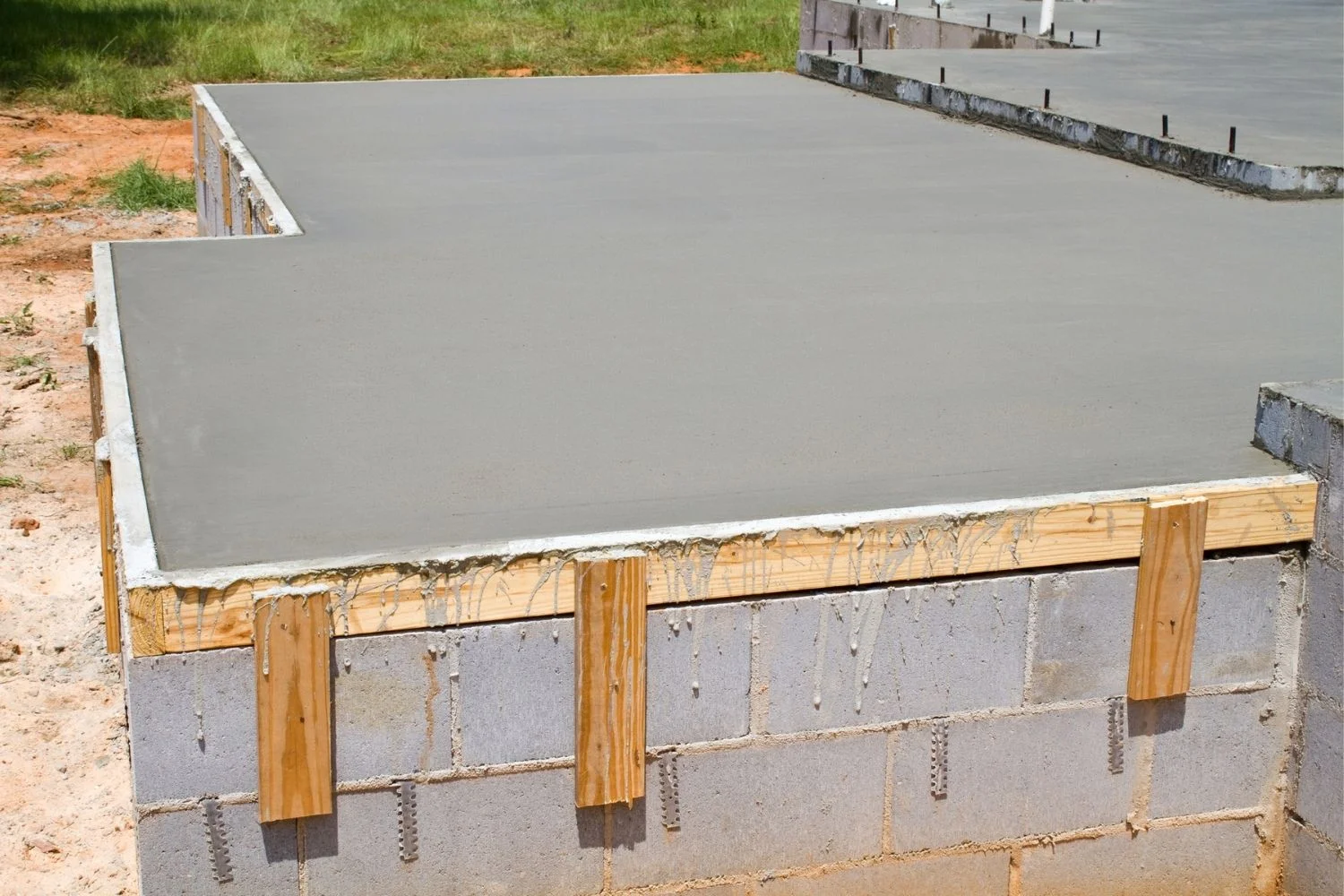
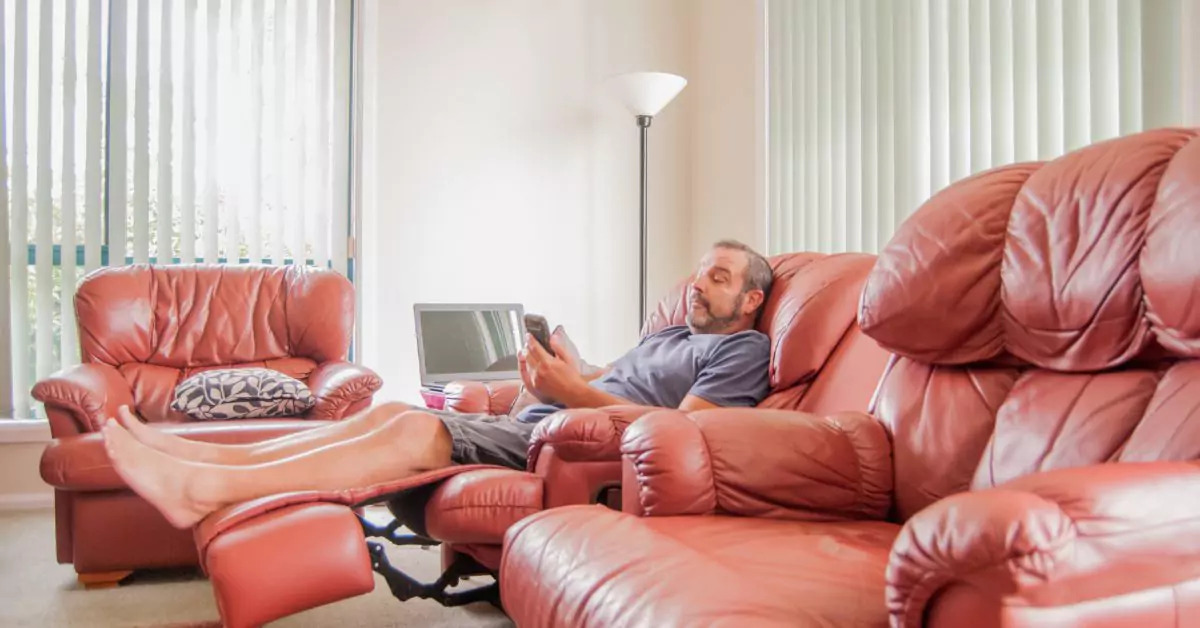
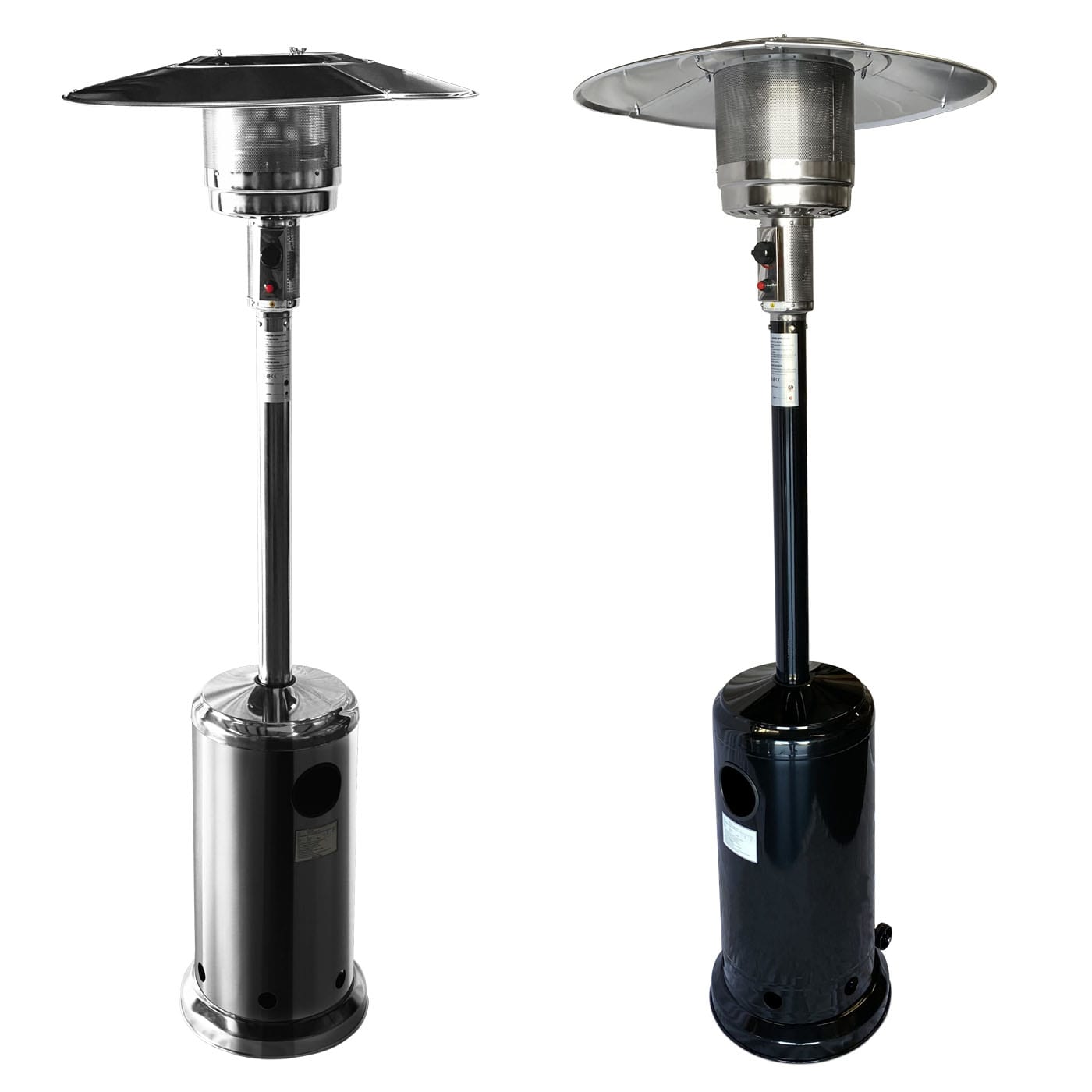


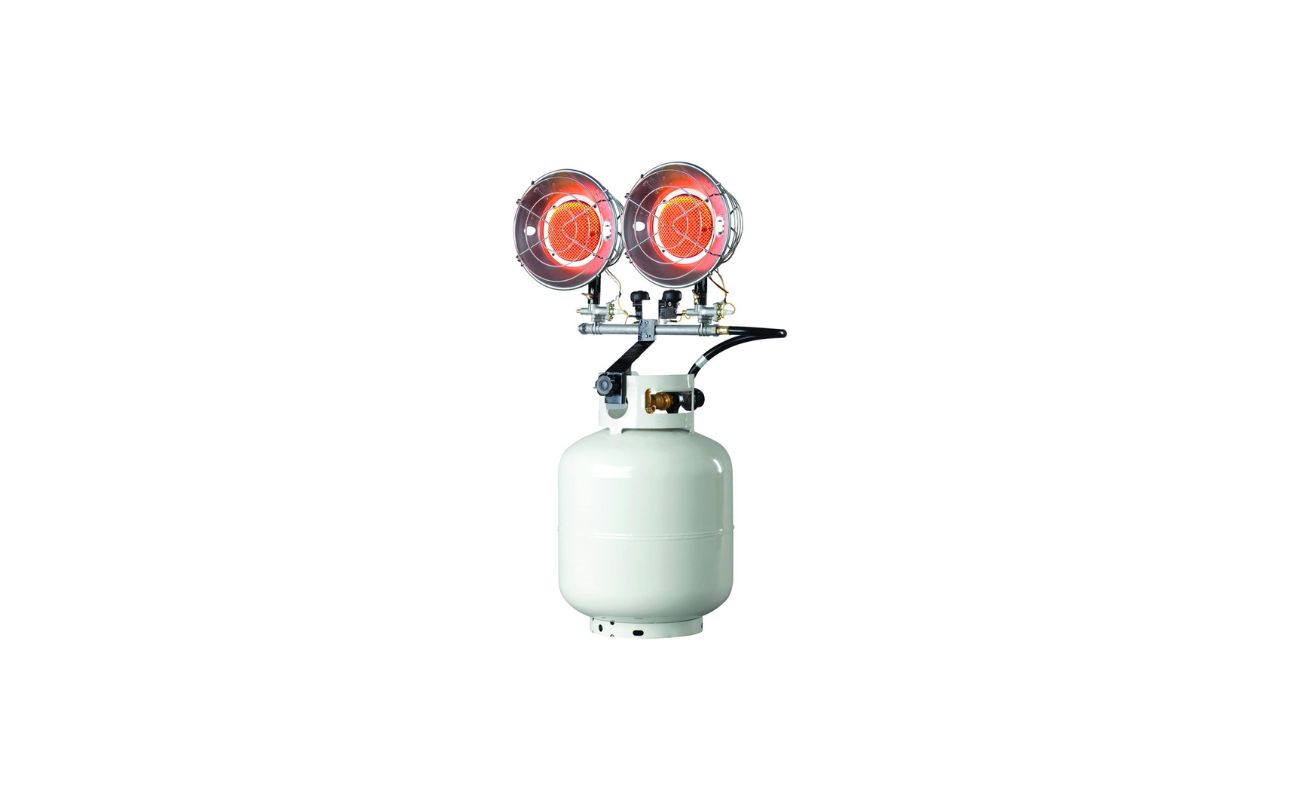


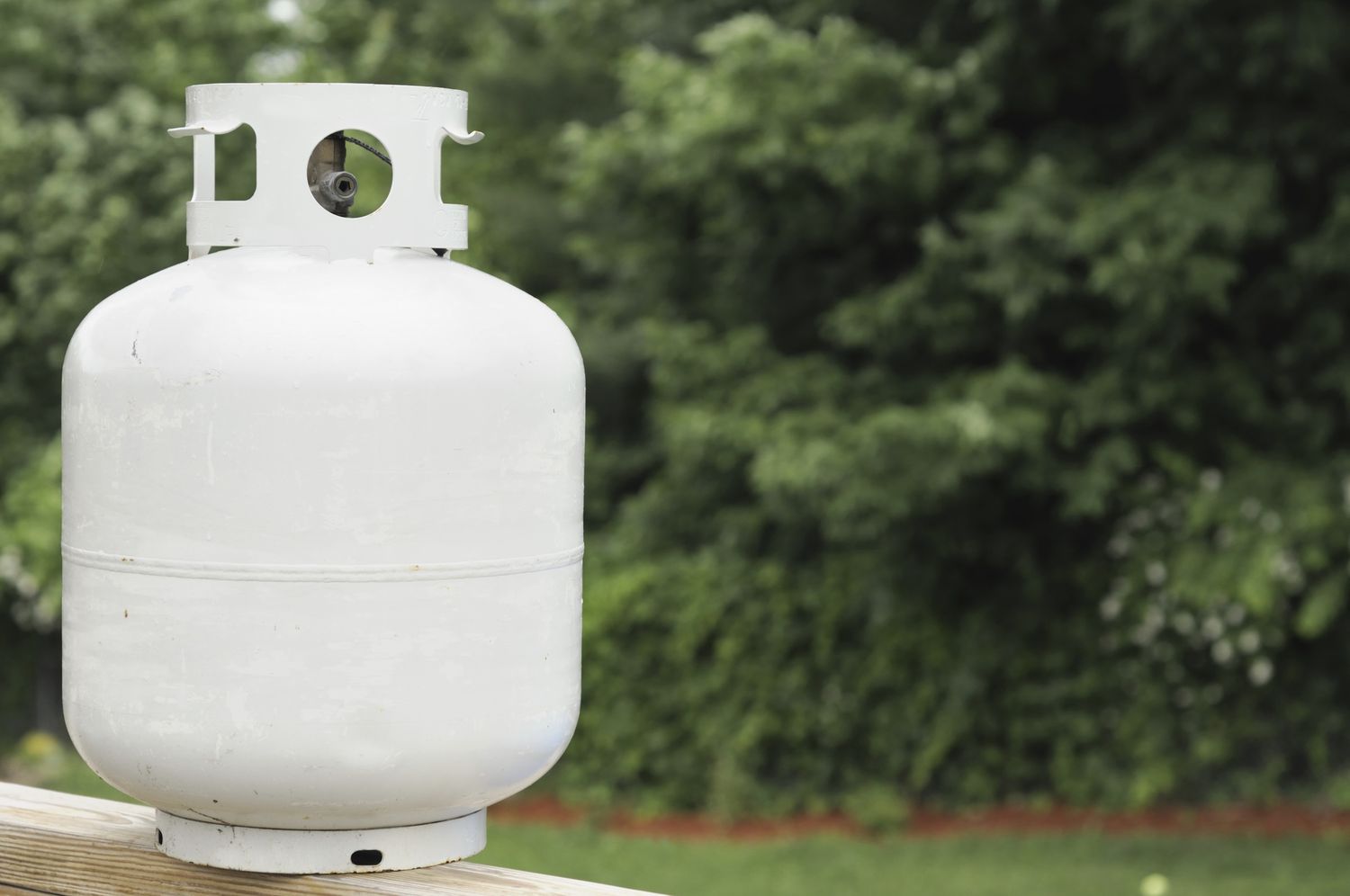
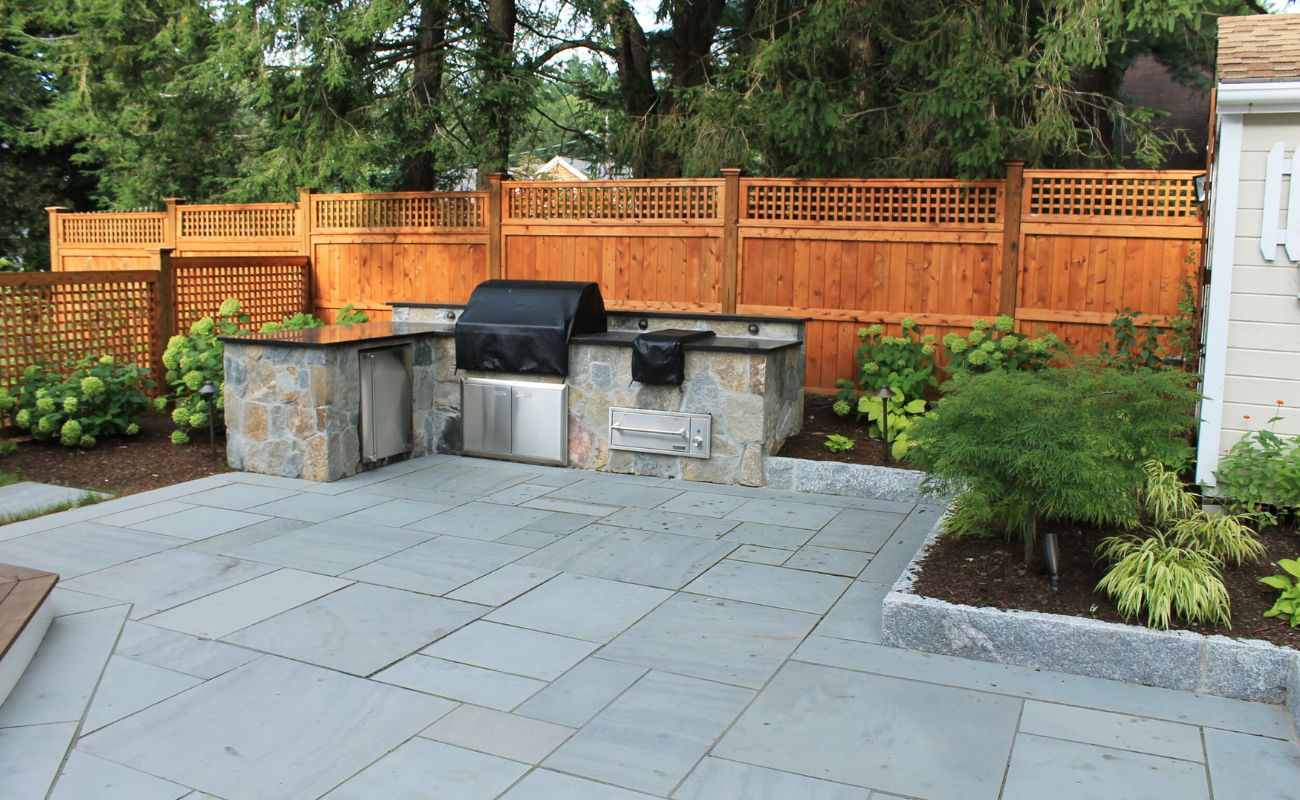

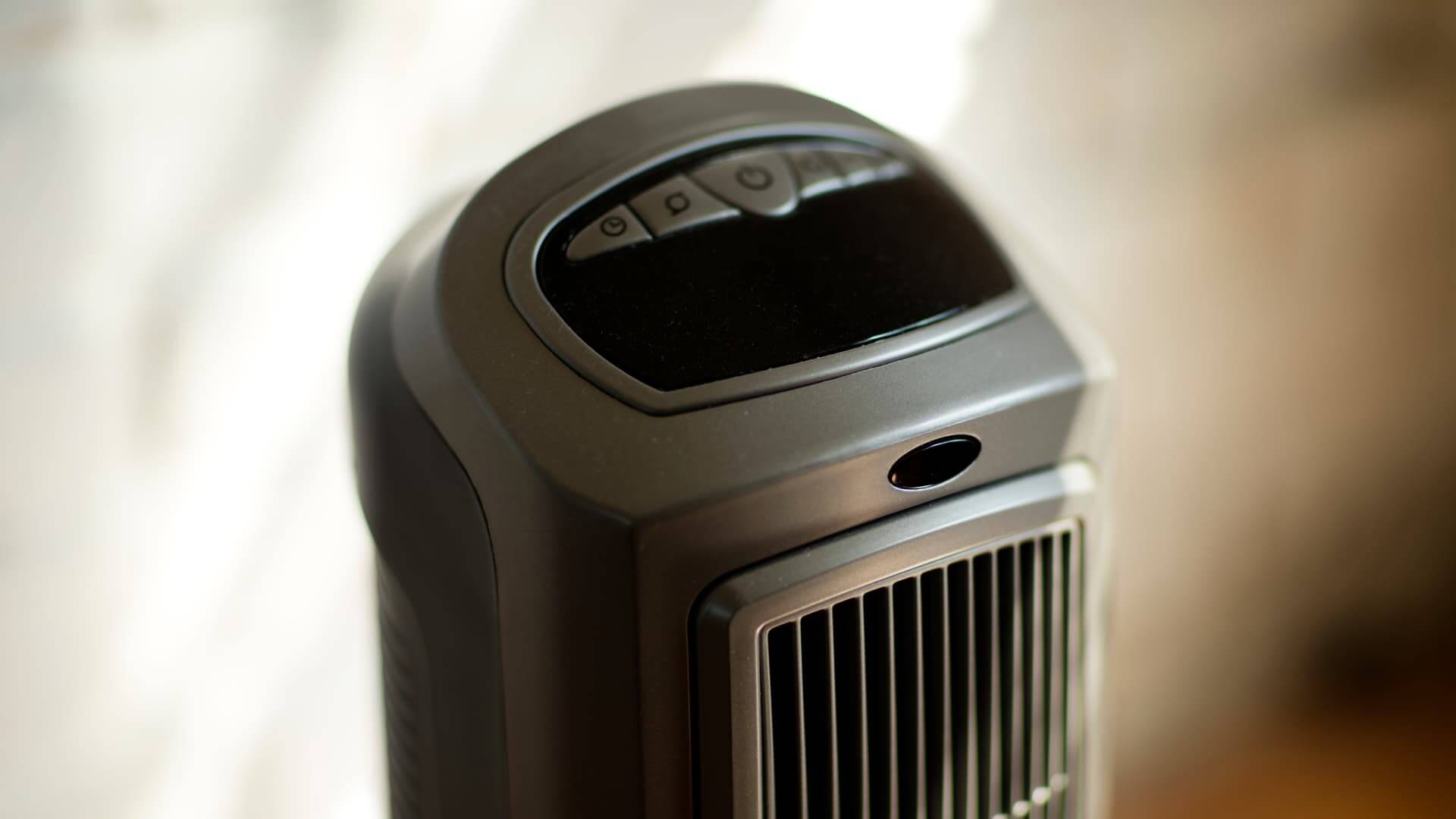

0 thoughts on “How Much Clearance Does A Patio Heater Need”